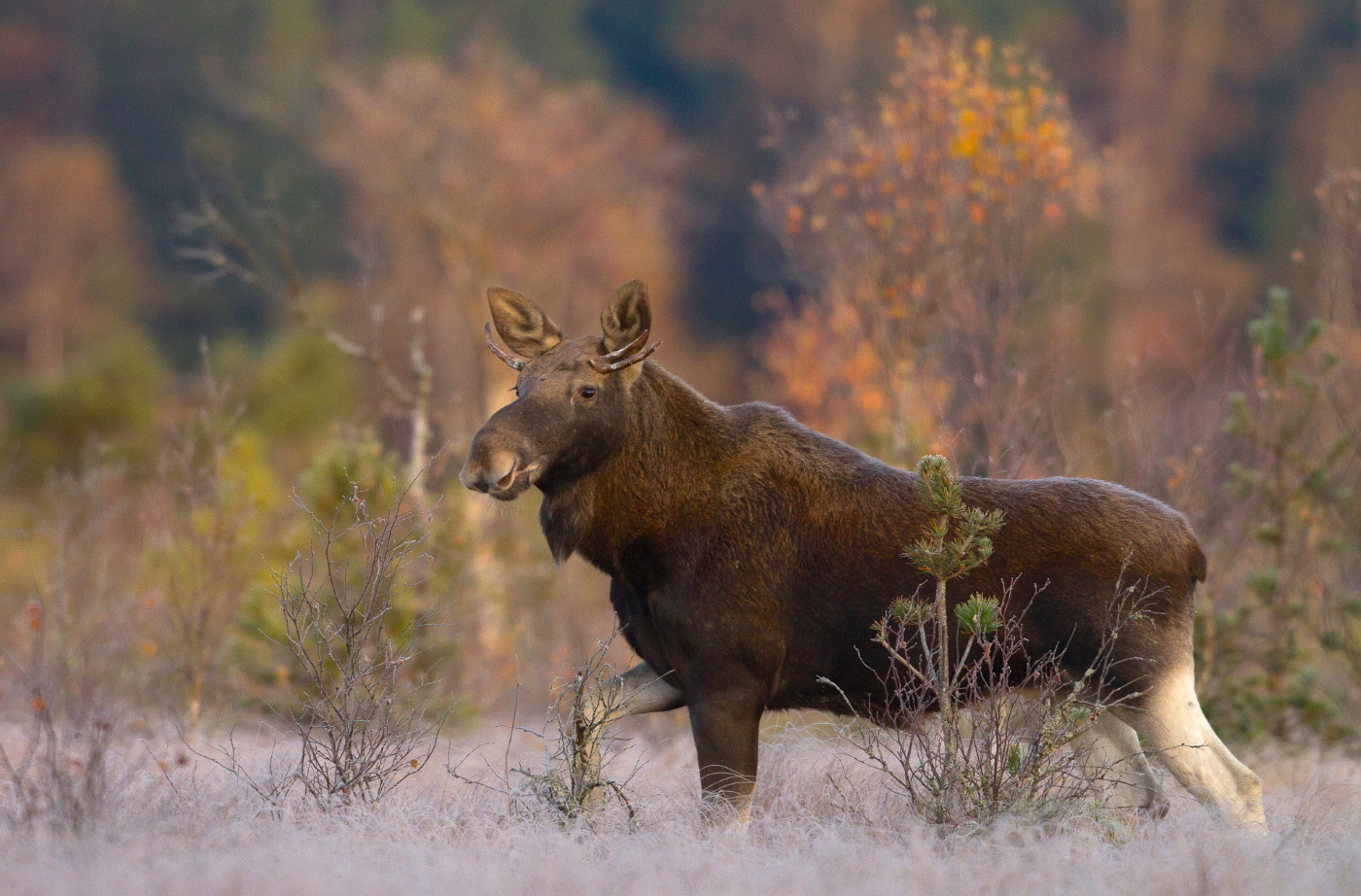About the reserve
- Põhja-Kõrvemaa Nature Reserve was founded in 1991 on the area of a closed military training ground. In 1997, the reserve was renamed as a landscape reserve and, in 2007, again a reserve. The area is 13,157.9 ha.
- Põhja-Kõrvemaa is a landscape with forests, bogs and lakes that have formed on eskers and the valleys between them.
- Two ice marginal formations remind us of the last Ice Age: Aegviidu-Paukjärve and Kulli-Koitjärve. The eskers are about 10–15 metres high, sometimes over 20 metres, with steep slopes of up to 40 degrees in places.
- The glacial lakes are the deepest in Northern Estonia: the lakes Metstoa Umerikjärv (Ümarjärv or Konsuli järv) (14 m), Kaasikjärv (12.5 m), Paukjärv (11 m) and three Jussi lakes (over 9 m). Lakes Mähuste and Paukjärv are oligotrophic lakes with clean and transparent water.
- About half of the reserve is covered with marshes and the communities of fens and mesotrophic mires. There are many swampy forests. The biggest bogs are Koitjärve (1,750 ha), Kõnnu (Suru) Suursoo (1,620 ha) and Võhma (870 ha).
- One of the most valuable communities in the reserve is the Jussi heather heath which has formed on the former military shooting area and it needs constant maintenance for survival.
- The most noteworthy bird species nesting in the reserve are the golden eagle (Aquila chrysaetos), northern goshawk (Accipiter gentilis), black grouse (Tetrao tetrix) and wood grouse (Tetrao urogallus).
- The most noteworthy plant species growing in the reserve are the spiny quillwort (Isoetes echinospora), boreal quillwort (Isoetes lacustris), field locoweed (Oxytropis campestris), water lobelia (Lobelia dortmanna) and broomrape (Orobanche bartlingii).
- From the large wild animals, the grey wolf (Canis lupus), brown bear (Ursus arctos), Eurasian lynx (Lynx lynx), elk (Alces alces) and European roe deer (Capreolus capreolus) live in the reserve.
The manager of the reserve is the Estonian Environmental Board
